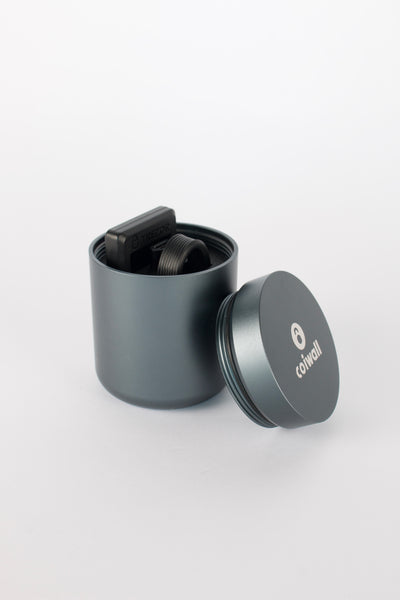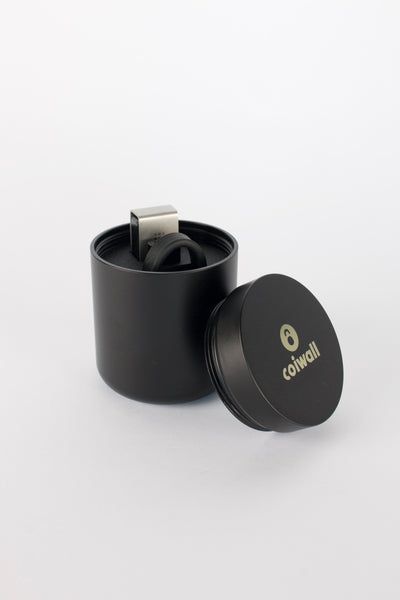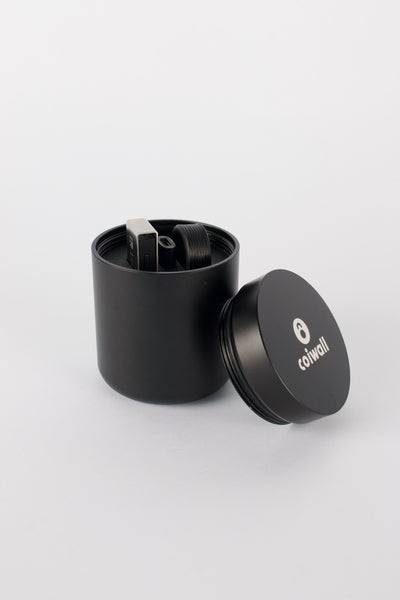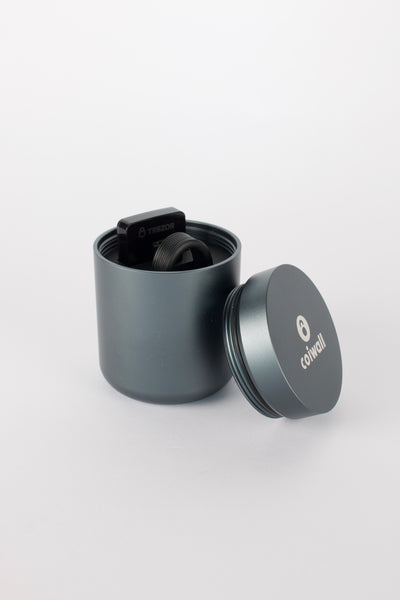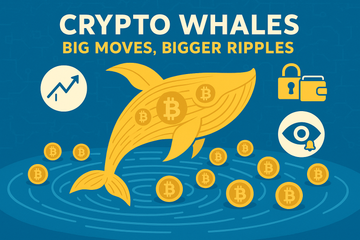Picture this: you’re at a pool party, everyone’s splashing around, having a good time. Suddenly, a massive whale flops into the deep end. The water surges, everyone’s knocked askew, and your carefully constructed unicorn floaty takes a hit. That’s more or less what happens in the world of cryptocurrency whenever a crypto whale makes a move. But who (or what) are these whales, and why does everyone get jittery when they swim near the surface?
Who Are These Crypto Whales, Anyway?
Let’s be honest: the name conjures images of mysterious billionaires in private islands, their cellars stacked with servers buzzing away. But a crypto whale isn’t always a shadowy tycoon. In plain terms, a whale is just a holder—an individual or entity—whose stash makes up a significant chunk of a cryptocurrency’s total supply.
We’re talking about wallets bulging with thousands, sometimes millions, of coins. They don’t always put their names on the mailbox, though. Sometimes it’s just a string of characters (think: 1A1zP1eP5QGefi2DMPTfTL5SLmv7DivfNa) sitting at the top of the leaderboard. More often than not, it’s crypto exchanges, investment funds, or even early adopters who bought in before crypto became the wild west of finance.
The Big Splash: Why Everyone Watches the Whale
Here’s the thing: when someone with that much skin in the game sneezes—let alone sells—you can bet the whole market catches a cold. It’s not just drama; it’s arithmetic. If you’re holding, say, 10,000 bitcoin, that’s enough firepower to send price charts into a tailspin with one fat-finger sell order. The market, already jittery from years of meme stocks and crypto’s famous unpredictability, tends to overreact whenever a whale so much as flips over.
And honestly, who can blame traders for watching whale wallets more closely than a pot on the stove? Entire communities have sprung up dedicated to tracking whale transactions. There are Twitter bots that ding every time a whale makes a move. Some days, keeping tabs on whale activity feels like birdwatching—except these birds move mountains of money.
Why Does Size Matter?
You might ask: 'So what if they own a lot?' It’s all about influence. When only a handful of accounts control huge wads of a token, they can—wittingly or not—set the terms for everybody else:
- Market volatility: If a whale dumps, prices tumble. If they buy, expect a rally. Easy to imagine, harder to stomach.
- Fear and FOMO: Retail traders watch whales to try to guess which way the wind is blowing. Sometimes, just the rumor of a whale moving coins gets people racing for the exits—or piling in for the ride up.
- Liquidity crunches: When so much supply is locked up by a few, there’s less to go around, making every trade count for more.
But not every whale wants chaos. Sometimes, the big fish are just as worried about rocking the boat. Just like a careful chess player, many whales split their trades, use crafty techniques, and stash tokens in cold wallets—for safety, anonymity, or just plain peace of mind. Which brings us to the hardware wallet side-quest…
Storing the Treasure: Why Whales Love Their Hardware Wallets
Have you ever dropped your phone in the toilet and lost all your contacts? Imagine losing tens of millions because you trusted an online wallet or a dodgy exchange. That’s why serious whales swear by gadgets like Trezor or Ledger—hardware wallets designed to keep digital treasure safer than a dragon’s horde.
See, storing large amounts of crypto online ('hot wallets') is like leaving your front door open with a 'Please Rob Me' sign. Hardware wallets, by contrast, take your private keys offline. You’re the only one with access—unless you write your password on a sticky note and leave it in a coffee shop. Not great security hygiene, but even whales are human. Well, mostly.
Actually, the dance between exchanges (where whales can trade fast) and offline wallets (where they stay safe) is one of the crypto world’s invisible dramas. It’s not just security—it’s about flexibility, privacy, and sometimes, that old-fashioned feeling of being in control.
Spotting a Whale: Not Exactly a Network of James Bonds
Let’s bust a myth: not every big wallet is plotting to tank your favorite coin. Sometimes, exchange wallets or investment funds get counted as whales, skewing the numbers. And privacy is a double-edged sword—while it’s a core tenet of crypto, the anonymity gives rise to endless speculation (and conspiracy theories on Reddit, but that’s another story).
But here’s something true: the blockchain never lies. Anyone can watch for big transactions, and if a wallet waking from a decade-long slumber moves, the whole scene pays attention. Why? Because sometimes, these movements hint at something bigger—a tech upgrade, a lost password found, or a whale just moving to a more secure wallet. Or maybe, they’re just flexing. Who knows?
Ripples, Not Tidal Waves: When Whales Work Together
Occasionally, whales band together—think informal clubs, not secret societies. The term 'whale cartel' gets tossed around, but in reality, organized collusion’s rare (and risky). Most whales play solo, lurking quietly, their actions echoing across the surface. But every now and then, coordinated buys or sells can send shockwaves rippling outward.
Still, the majority of whales don’t want to nuke their own nest. Tanking the market means their own wealth shrinks. So, there’s a weird balance: they have power, but also a stake in keeping things (relatively) steady. Go figure.
So… Should You Fear the Whale?
Here’s where things get nuanced. If you’re day trading tiny altcoins where one whale holds half the supply, yeah, buckle up. But with larger assets like Bitcoin or Ethereum, the ecosystem’s deep enough to cushion most shocks. Even so, learning to 'read' whale moves is half science, half tea-leaf reading—part of crypto’s endless intrigue.
Besides, being a whale isn’t as easy as it sounds. Ever tried spending $100 million in a market that isn’t always liquid? It’d be like pouring a lake through a garden hose—the splashback is real.
Crypto’s Future: More Minnows, Smarter Whales?
Every year, ownership becomes a little less concentrated. As adoption widens and more folks jump in, the whales’ relative size shrinks. That doesn’t mean their days of influence are over, but the wild swings might soften, making crypto a touch less tempestuous. Or so we hope.
For now, just remember: the next time the headlines shout about a whale offloading coins, take a breath—check the facts. Sometimes it’s just another day at the (crypto) beach. Sometimes, it’s the start of a storm. But either way, the sea’s big enough for us all—whales, minnows, and the odd unicorn floaty enthusiast.

